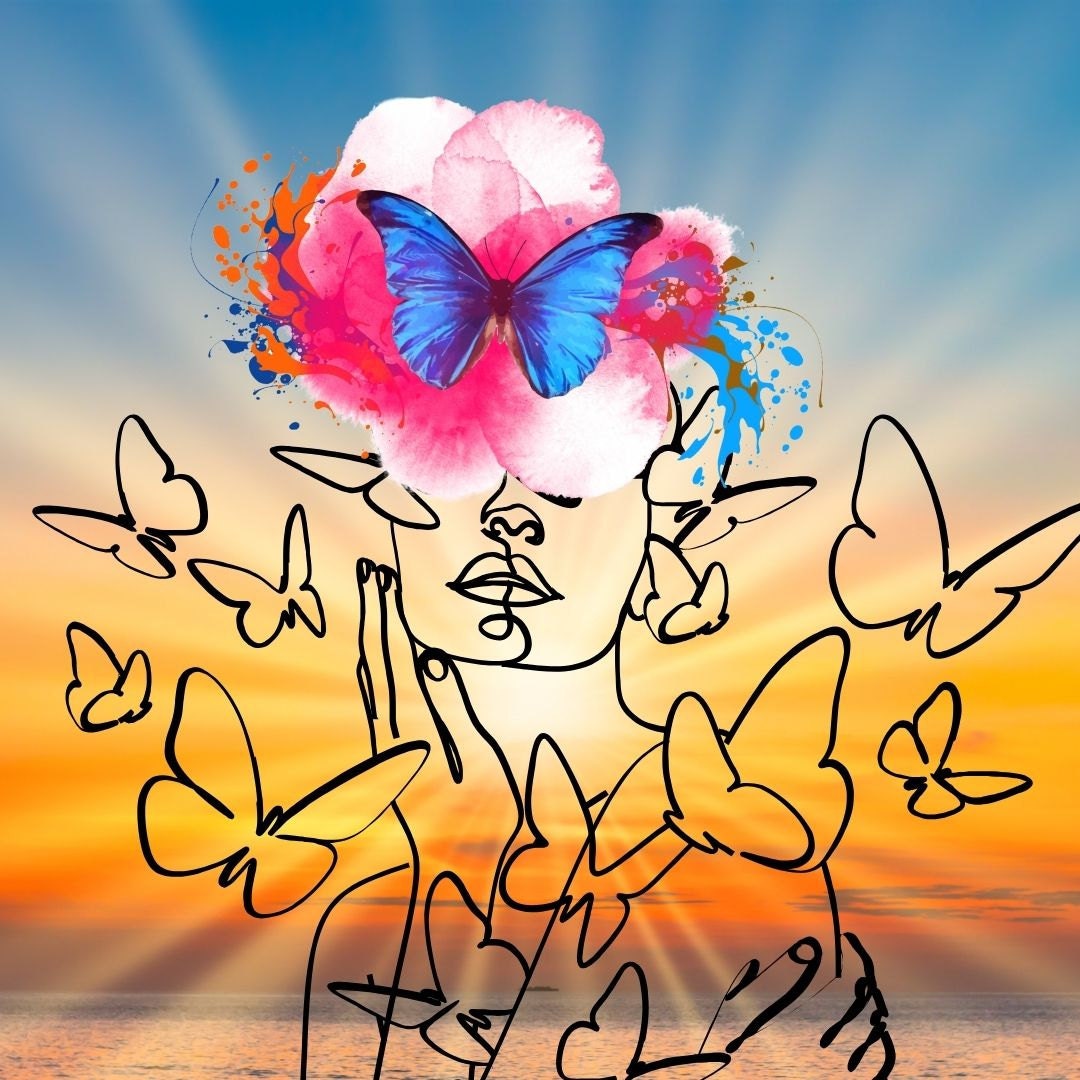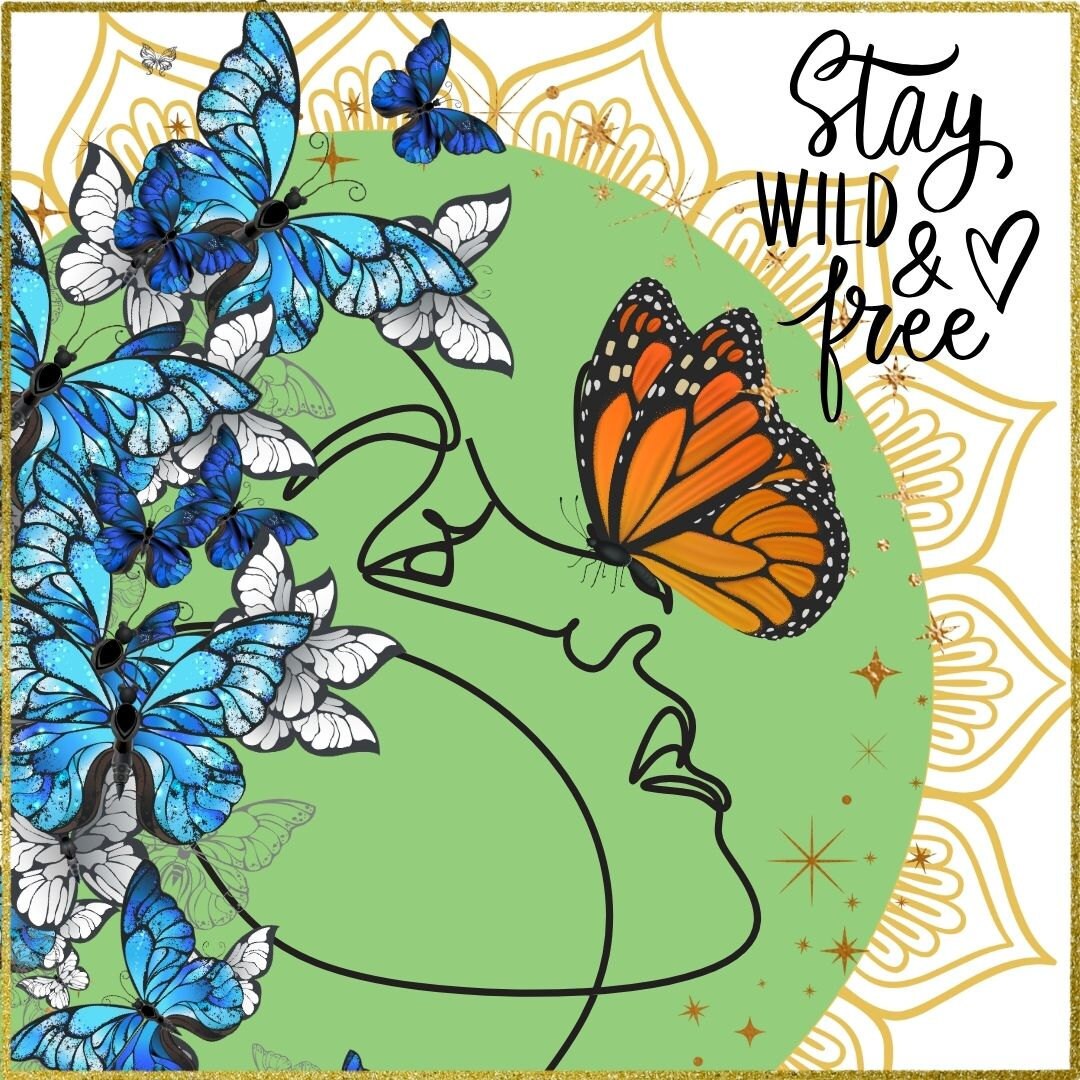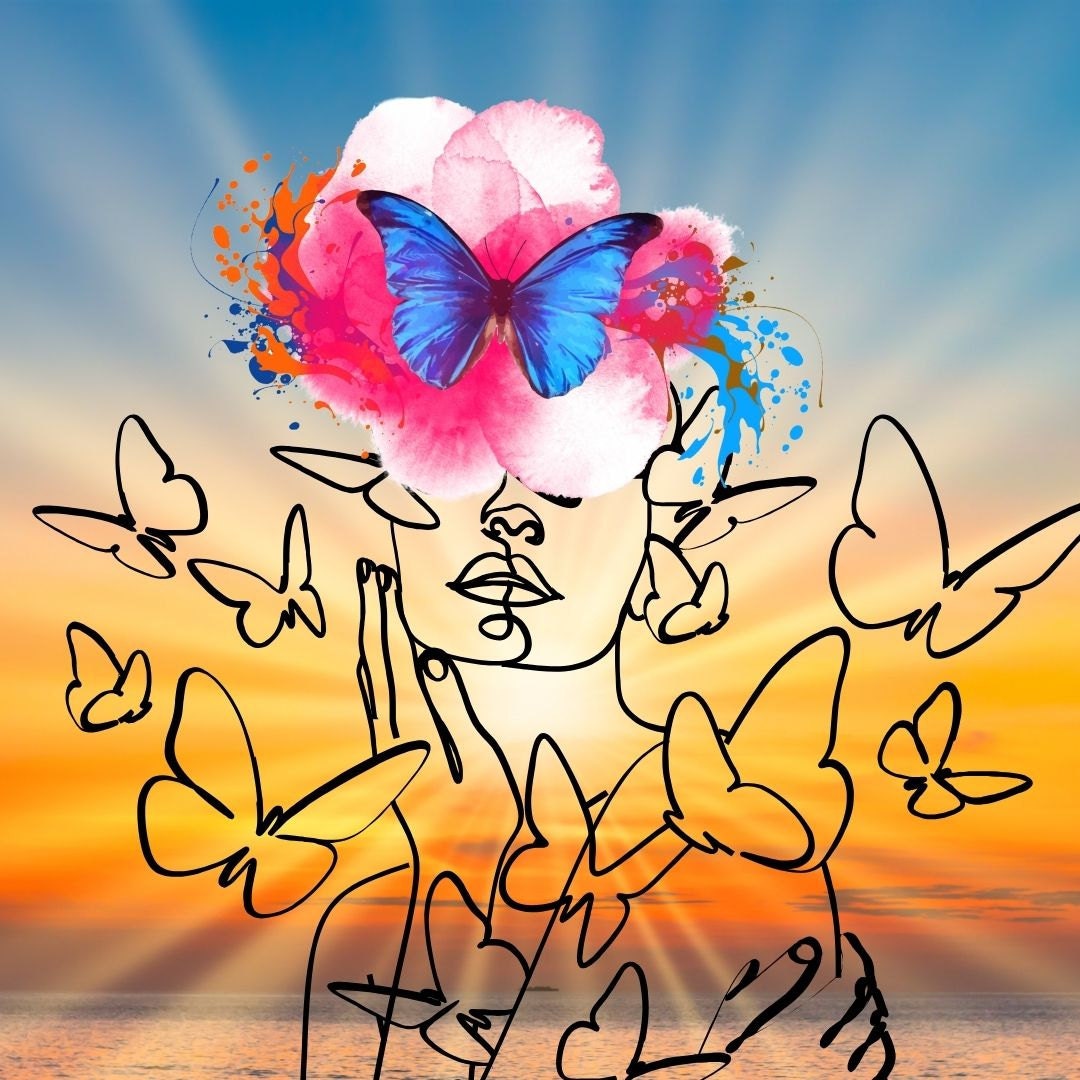
Healing Our Inner Artist, Healing the Earth: A Journey of Renewal and Responsibility
The Interwoven Path of Healing
Healing is not a straight road; it is a winding, paradoxical journey filled with moments of clarity and setbacks. This truth applies to our personal healing as artists and designers, as well as to the broader healing of our planet. When we experience creative setbacks—whether due to personal loss, burnout, or systemic challenges—it is easy to feel disconnected from our purpose. However, just as nature endures cycles of destruction and renewal, we too have the power to restore ourselves and our world through mindful, intentional action.
The Universal Law of Correspondence states, “As above, so below; as within, so without.” This principle suggests that the inner world and the outer world are mirrors of one another. When we nurture our inner artist, we contribute to the healing of our communities, and by making sustainable, ethical choices as designers, we help restore the planet. Understanding this interconnectedness can guide us toward more thoughtful, compassionate, and regenerative ways of creating and living.
The Psychology of Setbacks: Why Healing is Nonlinear
Psychological research confirms that healing is rarely a linear process. The concept of the Kübler-Ross grief cycle, originally developed to describe the stages of grief, has since been applied to various forms of emotional and creative recovery. The cycle includes denial, anger, bargaining, depression, and acceptance—but not in a strict order (Kübler-Ross and Kessler 10). Artists and designers who have faced rejection, failure, or creative burnout often experience similar waves of emotions. Some days, we may feel inspired and ready to create again; other days, self-doubt or environmental despair may weigh us down.
This pattern is mirrored in ecopsychology, a field that studies the connection between human well-being and the natural world. Studies show that spending time in nature can significantly reduce symptoms of anxiety and depression, reinforcing the idea that healing ourselves and healing the earth are interwoven (Mayer et al. 501). Recognizing that healing is cyclical—both personally and ecologically—allows us to embrace our setbacks as part of a larger transformation rather than a permanent failure.
Healing Through Creation: The Role of Art in Regeneration
Art has always been a powerful tool for healing, not just on an individual level but also within communities and ecosystems. Neuroaesthetics, the study of how the brain processes art, has found that engaging in creative work can stimulate dopamine release, lower cortisol (the stress hormone), and promote neural plasticity—the brain’s ability to adapt and rewire itself (Zeki 6). This means that picking up our tools and creating, even after a setback, can actively support our emotional recovery.
But what if we expand this idea beyond individual healing? Regenerative design, a philosophy that seeks to create systems that restore rather than deplete resources, aligns perfectly with the healing journey of the inner artist. Just as an artist can transform pain into beauty, a regenerative designer can transform waste into something valuable. By choosing sustainable materials, reducing waste, and considering the life cycle of our creations, we contribute to a healthier planet while reaffirming our own sense of purpose.
The Universal Law and the Responsibility of Perspective
The Universal Law of Polarity states that opposites are necessary for balance—light cannot exist without darkness, growth without decay. This perspective is crucial when considering both personal healing and environmental restoration. Just as each artist’s journey is unique, so too is each culture’s relationship with healing and sustainability. Indigenous wisdom, for example, often emphasizes the deep, reciprocal relationship between humans and the land. The Haudenosaunee concept of the Seventh Generation Principle teaches that every decision should be made with the next seven generations in mind (Lyons 4).
This perspective challenges the Western notion of immediate gratification and short-term success. It urges us, as individuals and as a collective, to think beyond our immediate desires and consider the long-term impact of our choices. When we design with future generations in mind, we engage in a form of ethical healing, aligning personal and planetary well-being.
Similarly, the Universal Law of Perception reminds us that every individual sees the world through their own lens. There is no single path to healing—what works for one artist, community, or culture may not work for another. Respecting different approaches to healing, both in creative practice and in environmental stewardship, allows for richer, more inclusive solutions.
Science-Based Strategies for Thoughtful Healing
While philosophy and psychology provide deep insights into the nature of healing, science offers tangible methods to support both personal and planetary well-being. Here are some research-backed strategies:
1. Biophilic Design for Emotional and Ecological Health
Biophilic design, which incorporates natural elements into creative spaces, has been shown to reduce stress, increase productivity, and enhance overall well-being (Kellert and Calabrese 12). Designers can use this principle by integrating natural textures, sustainable materials, and organic patterns into their work.
2. Neuroplasticity and the Power of Small Creative Acts
Studies show that engaging in small, consistent creative acts—such as sketching, writing, or experimenting with new materials—can rewire the brain and build resilience after setbacks (Doidge 87). The key is to focus on process over perfection, embracing imperfection as part of growth.
3. Eco-Therapy and the Healing Power of Nature
Research in eco-therapy suggests that spending time in nature can boost creativity, improve mental health, and foster a deeper sense of connection to the world (Buzzell and Chalquist 22). Even something as simple as working near a window with a view of trees or incorporating natural dyes into textile work can reinforce this bond.
4. Mindfulness and the Art of Slowing Down
Mindfulness practices, such as meditation and deep breathing, have been found to increase gray matter density in the brain, which is associated with emotional regulation and creativity (Holzel et al. 37). Practicing mindfulness before engaging in creative work can help artists move past fear and doubt.
Walking the Path with Intention
Healing—whether of the self, society, or planet—is a journey of intention, patience, and responsibility. By recognizing that setbacks are part of the creative process, we allow ourselves to grow through them rather than be defined by them. By aligning our artistic and design practices with sustainability and ethical consideration, we contribute to a world that thrives beyond our personal existence.
The path forward is not about finding the perfect solution but about making mindful, compassionate choices in each moment. As we heal our inner artist, we heal the world around us. And as we heal the world, we, too, are transformed.

Works Cited:
• Buzzell, Linda, and Craig Chalquist, eds. Ecotherapy: Healing with Nature in Mind. Sierra Club Books, 2009.
• Doidge, Norman. The Brain That Changes Itself: Stories of Personal Triumph from the Frontiers of Brain Science. Penguin, 2007.
• Holzel, Britta K., et al. “Mindfulness practice leads to increases in regional brain gray matter density.” Psychiatry Research: Neuroimaging, vol. 191, no. 1, 2011, pp. 36-43.
• Kellert, Stephen R., and Elizabeth F. Calabrese. The Practice of Biophilic Design. Island Press, 2015.
• Kübler-Ross, Elisabeth, and David Kessler. On Grief and Grieving: Finding the Meaning of Grief Through the Five Stages of Loss. Scribner, 2005.
• Lyons, Oren. The Seventh Generation: Native American Prophecies for the Future. Clear Light Books, 1994.
• Mayer, Frédéric S., et al. “The restorative benefits of nature: Toward an integrative framework.” Journal of Environmental Psychology, vol. 30, no. 4, 2009, pp. 501-510.
• Zeki, Semir. Inner Vision: An Exploration of Art and the Brain. Oxford University Press, 1999.
